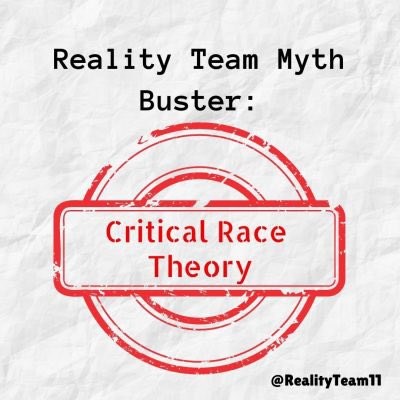
On Monday, we released a report showing that our counter-disinfo campaigns DO have a significant impact on the factual knowledge and opinions of Passive Information Consumers. 2/17 medium.com/@realityteam/c…
Who are Passive Information Consumers (PIC)? Pple who spend a lot of time online, but don't read news. @pewresearch estimates they are about 20% of US adults. @knightfdn 100 Million project shows that of people under 35 who didn't vote in 2016, 54% were PIC. 3/17
Passive Information Consumers (PIC) are generally young. Most don't have strong political opinions and are more likely than other to answer "not sure" to questions about current events, their policy opinions and even their political beliefs. 4/17
They often feel they know enough to form opinions or vote. They describe general anxiety about a lot of issues, they know that some of what they see is mis/disinformation, but they aren't sure how to discern what is credible and what isn't. 5/17
PIC don't want to read 1200 words on 'boring' topics. They tend to be online for entertainment. 6/17
They are underexposed to credible info and overexposed to disinfo in the form of memes, videos, images and hot takes that are simplistic, unsourced and emotional. 7/17
It turns out they actually like credible info though - if it is presented the way they like to consume. Simple, visual, and quick. 8/17 (You're halfway through the thread - good stuff is coming... )
How do we know? We get amazing campaign stats. But we wanted to know if the info we shared actually stuck with people. We needed a way to measure it. 9/17
We sought advice from academics & other non-profits that run messaging campaigns of various types. @johnfocook and @YaleClimateComm among many others had really good ideas and advice that helped us develop a decent approximation of randomized control tests on Instagram. 10/17
We identified PICs in PA, MI and OH. We divided them into control and treatment groups. We sent 1-question polls to the control group on factual knowledge and opinions. We targeted ads at the treatment group, then targeted those who saw the ads the polls. 11/17
We still have a lot of work to do to confirm these results . They are probably best case scenario numbers because the Instagram algorithm will show ads to those most likely to respond. We are exploring lots of ways to verify, replicate and expand findings. 16/17
Read the whole report here - including trials of other messages on vaccines and climate. 17/17 medium.com/@realityteam/c…
18/17 (oops) You can also see @DeSmog coverage of our Climate trials here: desmog.com/2022/03/21/ins… We esp love the quote from @michaelkhoo "This is the most promising approach I’ve seen,” said Michael Khoo, co-chair of the Climate Disinformation Coalition at Friends of the Earth"
We appreciate @craignewmark @luminategroup Stolte Family Foundation @noble_nan and many others for their very generous financial support, expertise and advice.
Share facts. Ignore lies. Not sure which is which? #TakeASecToCheck
Share facts. Ignore lies. Not sure which is which? #TakeASecToCheck
• • •
Missing some Tweet in this thread? You can try to
force a refresh














